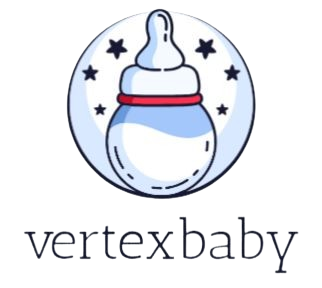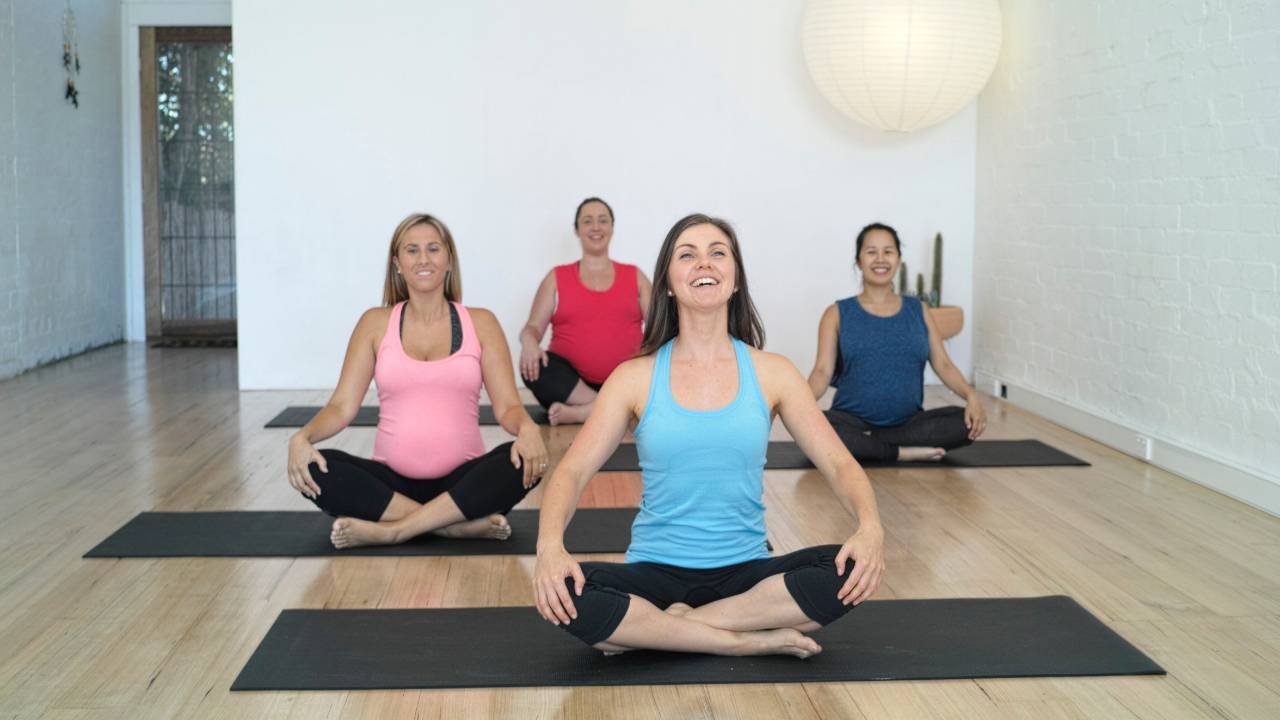[adinserter block=”2″]
When it comes to staying active during pregnancy, yoga and Pilates are two popular choices that promise strength, flexibility, and relaxation. Both offer unique benefits for expectant mothers, but deciding which is “better” depends on your goals, fitness level, and pregnancy stage. I personally teach both styles and love the benefits each one offers.
Prenatal Yoga
Yoga emphasizes breathwork, mindfulness, and gentle movement, making it a go-to for many pregnant women. Prenatal yoga classes adapt poses (asanas) to accommodate a growing belly, focusing on opening the hips, relieving back pain, and preparing for labor.
ACOG Study
Studies cited by the American College of Obstetricians and Gynecologists (ACOG), suggest prenatal yoga can reduce anxiety and improve sleep, which are common struggles as pregnancy progresses.
It’s especially appealing in the first trimester and second trimesters when energy levels vary, and its low-impact nature suits beginners or those avoiding intense workouts.
Prenatal Yoga Benefits
1. Develops stamina and strength.
2. May help to improve balance.
3. Relieves lower back pain.
4. Calms the nervous system.
5. Helps you to mentally prepare for childbirth.
6. Allows you to workout with other pregnant women.
7. Increases circulation.
8. Practice breathing techniques for childbirth.
9. Yoga can increase the nutrient and blood supply to your body’s muscles.
10. Improve the way you move, function and feel.
11. Hip openers.
Yoga Poses to Avoid when Pregnant
1. Head-stands
2. Upward bow
3. Back-bends
4. Balancing on one leg
5. Camel
6. Hand-stands
First Trimester Prenatal Yoga Workout
Prenatal Pilates
Pilates focuses on core strength, stability, and alignment which are crucial as your body adapts to a shifting center of gravity.
Prenatal Pilates modifies traditional exercises to avoid strain, using props like resistance bands or a stability ball. It strengthens the pelvic floor and deep abdominal muscles (transverse abdominis), which support the spine and aid postpartum recovery.
Benefits of Prenatal Pilates
1. A quicker recovery during the postpartum period.
2. Increased ability to return to your pre-pregnancy body.
3. Reduces back pain.
4. Improve your balance.
5. Help you to maintain a healthy pregnancy weight.
6. Stronger core which helps prevent diastasis recti.
7. You will gain a stronger connection to the pelvic floor muscles.
8. Stronger pelvic floor muscles help to prevent leakage.
9. Better breath control and relaxation.
10. Help you physically prepare for labour.
11. You will experience less discomfort due to greater strength.
So, which is better?
Yoga is a great option for flexibility and mental well-being, ideal if you’re new to exercise or seeking calm amid hormonal storms. Its focus on hip-opening and breathing can directly prep you for labor.
Prenatal Pilates excels in physical resilience, particularly if you want to maintain core strength without overtaxing your body. It’s a lifesaver for combating pelvic instability or preparing for the physical demands of motherhood.
Prenatal Pilates Workout
Safety is key for both.
Avoid hot yoga (e.g., Bikram) due to overheating risks, and skip Pilates moves like full planks or heavy twisting after the first trimester, as they can strain the abdomen or compress blood flow.
Always consult your doctor, especially if you have complications like placenta previa, and opt for prenatal-specific classes led by certified instructors who understand pregnancy modifications.
Still Can’t decide?
Many women blend both. Yoga on days you need to unwind, Pilates when you want to feel strong. I enjoy both and will often select yoga or Pilates depending my mood and the type of workout I want at that time.
Related Articles:
Yoga when Pregnant
Prenatal Pilates for all trimesters
[adinserter block=”2″]
Credit : Source Post

